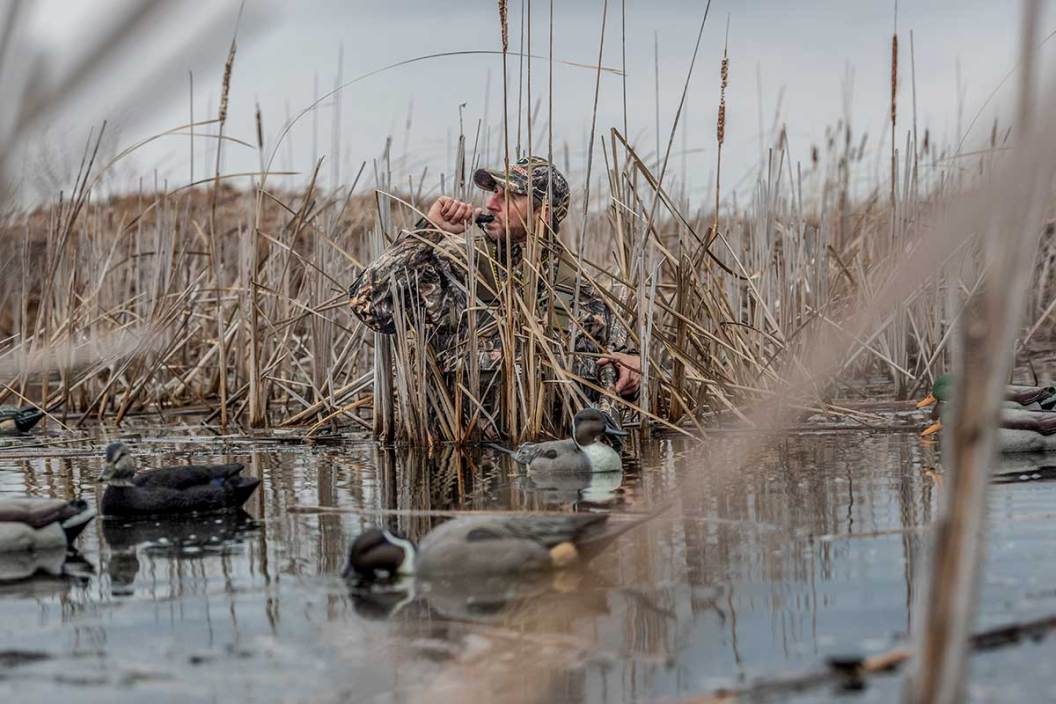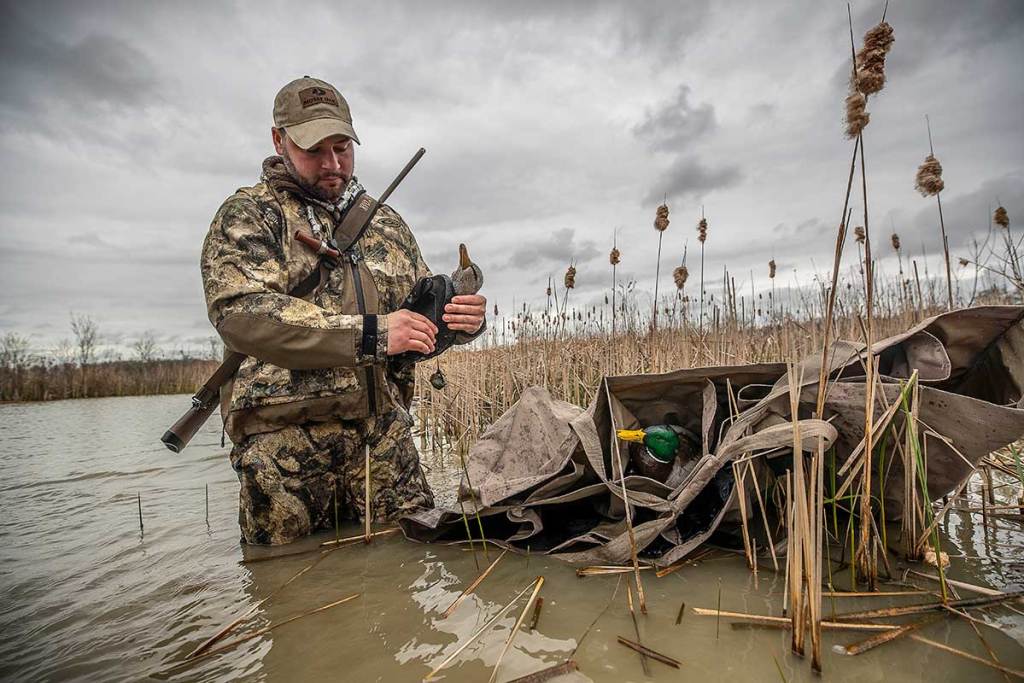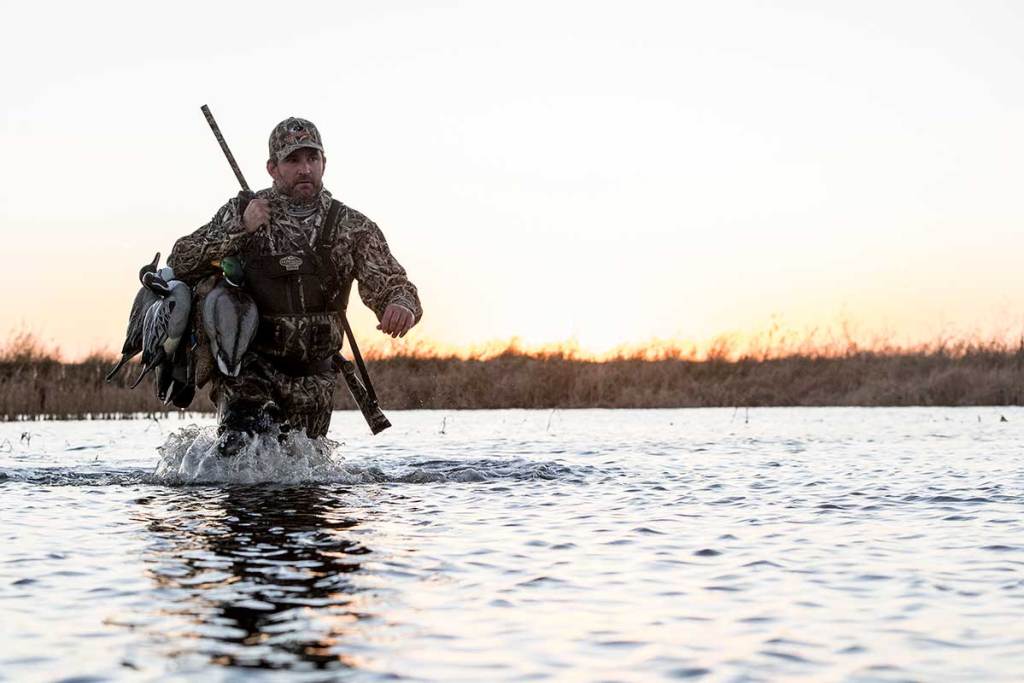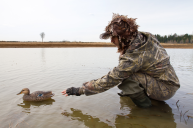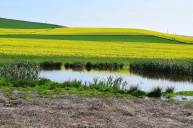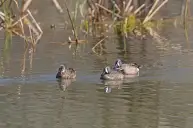There seems to be a massive misunderstanding about hunting ducks during the late season. Most of the people that I duck hunt with get excited for the first half of the season, but once the second half starts to roll around, I end up hunting solo. They often make excuses: the birds being gone, even if birds do show up they'll be too educated and won't decoy well, or they just don't want to brave the cold temperatures. While hunting ducks during the late season does require a change of strategy, and oftentimes weather factors will affect your hunt, the truth is, the second half of duck season is what I look forward to all year. With the right hunting strategy, this is the time when you can see some incredible bird numbers, and hit limits early. Check out these tips for how to hunt ducks during the late season.
Gear Up
Hunting ducks during the late season can bring brutal weather conditions, and often on short notice. Duck hunters know that nothing gets the birds moving like a massive front coming through, but what good is that if you aren't prepared with the right gear? Invest in some active insulation pieces that will keep you warm in the blind, as well as some outer shells that will block the wind and water from ruining your hunt. More times than I can count, my hunting buddies are ready to head back to the truck because they're frozen, just before the action really starts to pick up. Keeping yourself as well as your dogs dry and warm will be crucial to those late season hunts and allow you to focus less on your comfortability, and more on limiting out on those beloved late season greenheads.
Move to Big Water
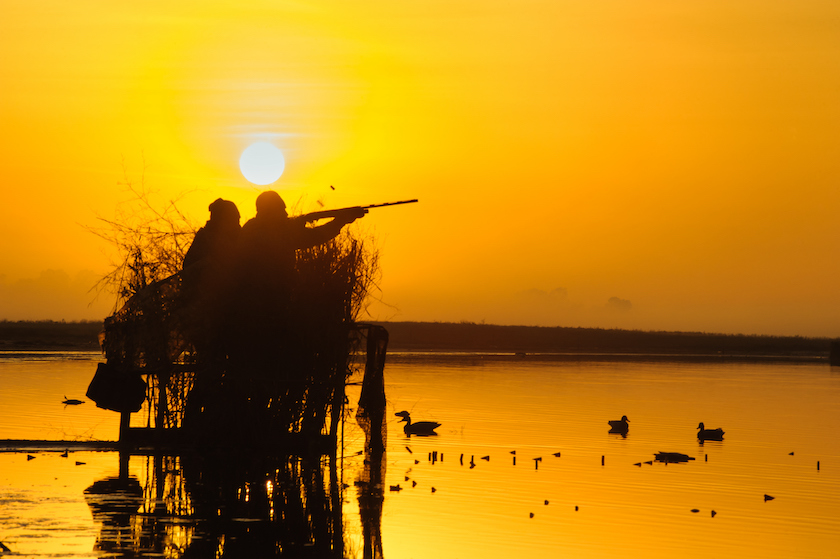
Eric_Schroeder via Getty Images
Here in the Midwest, once January rolls around the ducks are spending less time in those iced up fields and timber holes, and have transitioned more towards the big lakes and rivers. This can often require a bit more scouting as you'll have much more ground to cover with a smaller concentration of birds, but if you can find a prime crossing spot during the right wind, you'll be in for some incredible late season action. During the late season I am constantly checking scouting apps, such as OnX and HuntStand, searching for areas along big rivers and lakes that have shelter and food close by. There are often public tracts that aren't overly pressured, but I have also found great luck by knocking on doors and asking permission. This is the time to get creative and think outside of the box.
Don't Get Too Aggressive
By this time during the season, the ducks have heard it all. Regardless of how great of a caller you might think you are, the ducks are going to be cautious and if something doesn't sound right, they're going to flail. Less is more when calling ducks during the late season, and I prefer to stay on the conservative side of things.
At this point, I am really only calling when the ducks are flying away, and even then it's just a few greeting quacks or possibly even one "come back" sequence. As soon as the ducks turn my way, I put the call down and stay hidden. Feed chuckles are great, but during the late season ducks will be pinpointing all calls and if they see anything abnormal, their paranoia will overpower their curiosity and they won't fly in. Keeping it quick and simple will have more ducks working your spread.
Bring in Some Movement
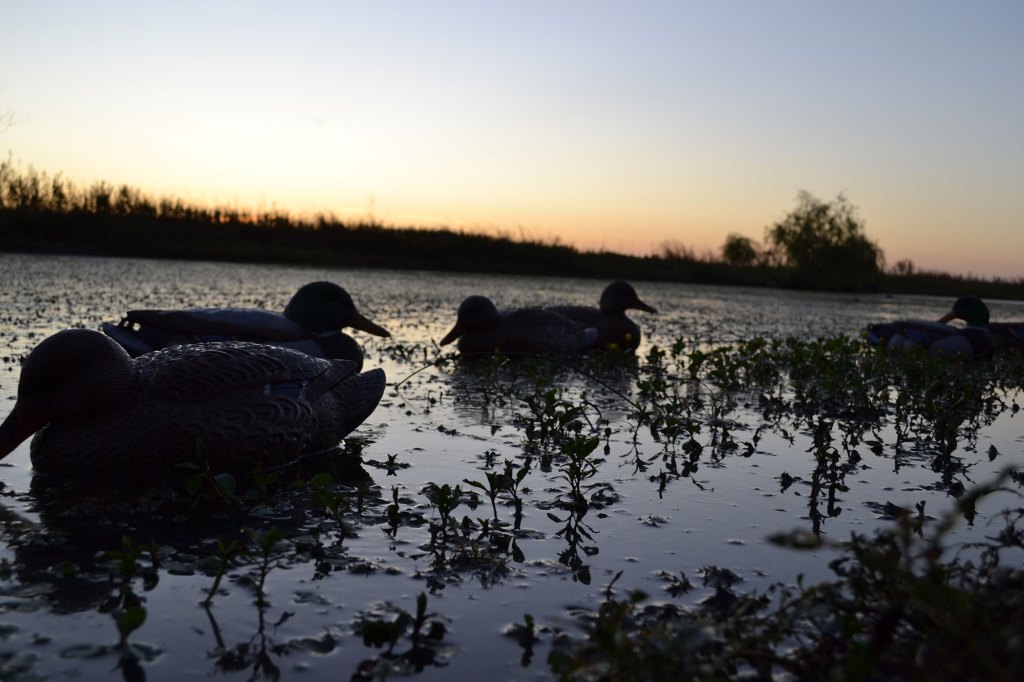
Last year during the final week of the Arkansas season, I felt like I had everything setup perfectly. My blind was hidden, weather conditions were perfect, the birds were flying, all signs pointed towards a successful day on the water. But every time the birds would seem interested, they would flair out just before they got within shooting distance I couldn't figure out the issue. After talking to a great hunting buddy as well as my main waterfowl mentor, he said, "You need more movement in your spread. Ducks don't just sit there like decoys." The glass shattered at that moment.
Adding some motion decoys to your spread brings in some much needed realism, and will calm a lot of the incoming ducks, allowing you to fool them much easier. Spinners are a great option, but I recommend using ones with intermittent spinning or remote operated ones that will seem more life-like. Jerk rigs and ripplers are also great additions to any spread.
Open Waters Are Honey Holes
Playing slightly off of the big water tip, if you are lucky enough to find smaller open water that hasn't frozen, or can be prevented from freezing from the help of an ice eater, will become a hotspot for ducks flying over. The constant movement of water as well as pumping warm water in will prevent freezing and will also create life-like ripples into your spread, drawing more ducks in while all of the other shallow water spots are sealed up. I've had the privilege of hunting small pockets of water during freeze ups from the help of ice eaters, and I can say with confidence that it's one of the best ways to draw a barrage of ducks into your spread.
Grind It Out

Hunting ducks during the late season might require a little bit of extra work and scouting, but rest assured this can be some of the best waterfowl hunting you have ever experienced. If you're able to grind out those brutal weather conditions, the second half can put the first half of the season to shame.
Invest in the right gear, put a heavy focus on scouting, add some realism to your spread and calling, and of course, go where the ducks are. This is the part of the season that I look forward to all year.
